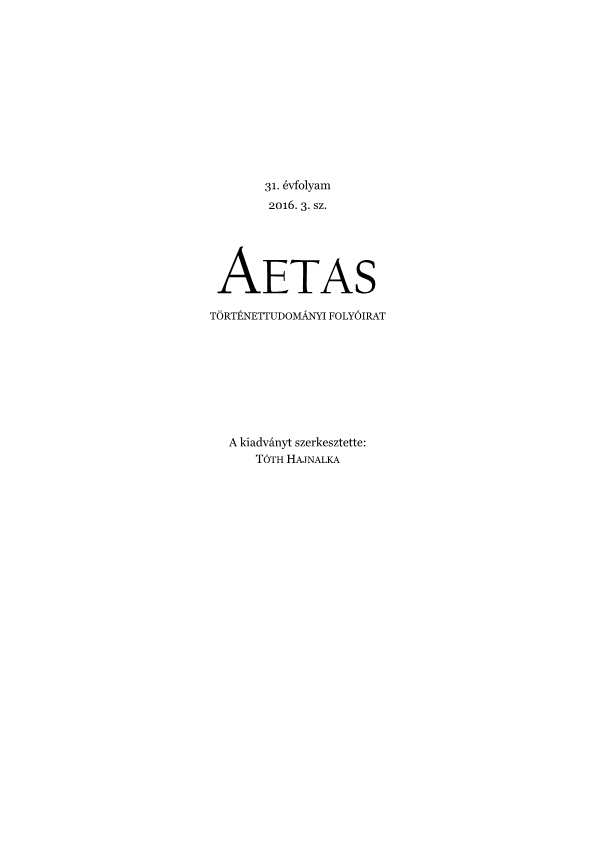Híd Kelet és Nyugat között. A francia és a császári követségek szerepe a keleti kultúra európai megismerésében
Bridge between the East and the West. The role of French and imperial embassies in Europe’s acquaintance with Eastern culture
Author(s): Dóra KerekesSubject(s): 16th Century
Published by: AETAS Könyv- és Lapkiadó Egyesület
Summary/Abstract: In the early modern period, the South-Eastern and Eastern part of Europe, just like the Mediterranean, was part of a contact zone linking the East with the West, Christians with Muslims. The region was cosmopolitan and multicultural where orientation was difficult in the 15th-16th centuries; there were a number of misunderstandings and problems among people. This era, however, was a cognition process as a result of which the Ottoman Empire became part of the European state system by the end of the 17th century. These areas became in-between spaces where people but even things (e.g.: books, household objects) and customs also crossed the political–religious borders. Getting to know other societies continuously gained importance, knowledge was mediated by people originating from different social layers and reached the old continent in many different forms. This paper examines the interactions between these two worlds, in particular it is describing the role of the permanent missions of European powers to Constantinople, including the French and the Habsburg embassies. The final conclusion is that interactions were manifold, in the course of which, however, the permanent embassies of the Europeans in the Ottoman capital played a significant role. They were not only political and diplomatic centres but cultural ones as well, through which Ottoman scientists could take part of the European scientific community. It can be stated that, besides the outstanding and important role of interpreters as transimperial subjects, other members of the European embassies in Constantinople–the ambassadors themselves, scientists arriving there, and also other employees such as embassy secretaries or artists sent there–all played important roles in the interactions between the two worlds. In the future, I plan to study the roles of certain groups more deeply.
Journal: AETAS - Történettudományi folyóirat
- Issue Year: 2016
- Issue No: 3
- Page Range: 5-21
- Page Count: 17
- Language: Hungarian

